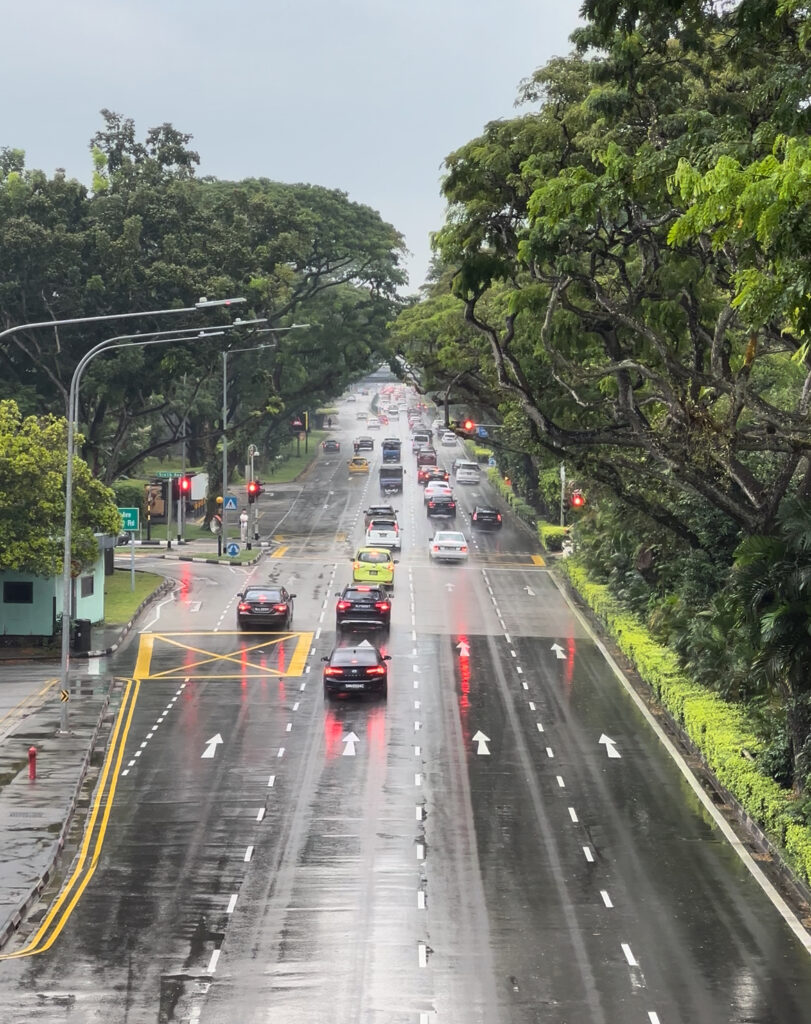
When I visited Singapore for the first time, what struck me the most was how great its urban planning is. As a tiny, densely populated country, I expected to see a big city cramped by concrete blocks with very few trees, but I found something like a small town instead, with plenty of public spaces and greeneries. How did they do that?
Perhaps the most important fact in this topic is that, in Singapore, the government owns 90% land of the country, an unusually high among market economies which usually own no more than 30% of the land. This high government control over land (>80%) typically appears in countries with strong state control over their economies, like China and Vietnam. However, there are a few market-oriented countries that the government control most of the land, such as Hong Kong (100%) and Israel (around 90%).
Yes, it is only fair to compare Singapore with Hong Kong, as they both are city-states with limited land area, while other market economies like the US, UK, or Australia have huge areas, and even though Israel is smaller than those three countries, it owns land for its Zionist agenda. However, Hong Kong’s full control over its land is inherited from the British, while Singapore deliberately bought theirs to ease the development plan.
Actually, most of the land was not ‘bought’ in the market sense, but the government made it mandatory for landowners to sell their land to the government whenever it was needed for development. This is possible under the Land Acquisition Act 1966 which also allows the government to acquire the land below the market price. The Act was indeed controversial, even for that time, but the government deemed it necessary to give them the freedom to decide which land for what purpose.
And fortunately, the government seems always to make good decisions. Now, only 15% of the total land area is used for housing, which is pretty similar to the size used for parks, nature reserves, nature areas, waterbodies (14%), and industry (13%). It is a very efficient use of land considering that now 90% of the citizens own a home (For comparison, the homeownership rate in Hong Kong is 50%, in the US it is 65%, and is 85% in Indonesia). How can it maintain a relatively low use of land while at the same time managing to provide housing for most citizens?
First, Singapore builds upwards. Most citizens (80%) now live in public housing (called HDB, after its government agency) that are 10-40 stories high, making the country the third most densely populated country in the world. Public housing was prioritized as soon as the country was expelled from the Malaysian Federation. In the past, the government used controversial means like forced evictions and resettlements to move people from landed houses to multi-story public housing, but now the government uses financial, spatial, and social incentives.
In 2024, new public housing flats are priced around SGD140,000-170,000 for the 2-room type and new homeowners can get a grant up to SGD80,000 from the government. They can get additional grants if they live near or with parents/children and if they are from low-income families. If they buy a resale flat, instead of a new one, they can also get an additional SGD$50,000 grant. New flats are also prioritized for first-time owners, especially young couples, setting aside 95% newly built for them. Public housing flats are built together with commercial properties, such as shops and restaurants, and community facilities, like child and health care centers. Moreover, flats are organized into towns that are well integrated into the public transport system and designed to have easy access to schools, recreational facilities, and greeneries. The government also deliberately mixes the socio-economic profiles of flat owners, hoping to achieve better social integration.
Second, most public housing flats have 99-year leases. In other words, when citizens buy public housing flats, it does not necessarily mean they will own the property forever, they only own it for 99 years. They can pass the ownership down to their children but only as long as the lease period. After 99 years, the property reverts to the state and the value becomes zero. This allows the government to always recycle and redevelop land according to its needs. There are also 999-year and freehold ownership properties, but they are mostly private residential properties and represent a minority of land ownership, mainly from land titles issued during the colonial period, before the extensive government land acquisition programs of the 1960s.